Description
Metal Deactivators: Silent Guardians Against Metal-Induced Degradation
In a world reliant on complex chemical formulations, from lubricants and fuels to polymers and coatings, a silent but persistent enemy lurks: metal. While often essential components, trace amounts of dissolved or finely dispersed metals can act as catalysts, accelerating degradation processes that compromise performance and longevity. This is where metal deactivators (MDAs) step in, acting as silent guardians against the insidious effects of metal-induced degradation.
The Problem: Metals as Catalysts for Degradation
Metals like copper, iron, manganese, and nickel, even in parts-per-million (ppm) concentrations, can dramatically accelerate oxidation, polymerization, and thermal decomposition of organic materials. This happens because these metals can:
- Catalyze Oxidation: They act as oxidation catalysts, promoting the formation of free radicals that initiate chain reactions leading to the degradation of hydrocarbons, polymers, and other organic compounds.
- Promote Polymerization: Metal ions can coordinate with monomers, accelerating unwanted polymerization reactions that lead to sludge formation, viscosity increase, and deposition.
- Accelerate Thermal Decomposition: Metals can lower the activation energy required for thermal decomposition, leading to premature material breakdown at elevated temperatures.
The consequences of metal-induced degradation can be significant, leading to:
- Shortened Lifespan: Lubricants lose their effectiveness sooner, polymers become brittle and discolored, and fuels degrade, leading to engine problems.
- Increased Maintenance Costs: Equipment downtime and replacement costs increase due to premature failure.
- Reduced Performance: Fuel efficiency decreases, polymer strength diminishes, and lubricant performance degrades.
- Environmental Concerns: Accelerated degradation products can be more harmful to the environment.
The Solution: Metal Deactivators to the Rescue
Metal deactivators are chemical additives designed to mitigate the negative effects of dissolved or dispersed metals. They work by:
- Chelating (Complexing) Metal Ions: The primary mechanism is to bind metal ions, forming stable, inactive complexes. This effectively prevents the metal from participating in catalytic oxidation or other degradation reactions.
- Passivating Metal Surfaces: Some MDAs can form a protective layer on metal surfaces, preventing them from dissolving or releasing metal ions into the bulk material.
- Scavenging Free Radicals: Some MDAs possess antioxidant properties and can scavenge free radicals, interrupting the chain reaction of oxidation.
Types of Metal Deactivators
Various chemical compounds are used as metal deactivators, each with its own strengths and weaknesses depending on the specific application and metal being targeted. Common types include:
- Salicylidenimines: Effective for deactivating copper, these are widely used in lubricating oils and fuels.
- Thiadiazoles and Benzotriazoles: These are commonly used in cooling water systems and metalworking fluids to protect against corrosion and decolorize copper ions.
- Amines and Phosphites: These can act as both metal deactivators and antioxidants, offering broader protection against degradation.
- Organic Acids: Certain organic acids can complex with metal ions, rendering them inactive.
Applications of Metal Deactivators
Metal deactivators find widespread application across various industries:
- Lubricants: In engine oils, hydraulic fluids, and greases, MDAs protect against copper corrosion from bearings and other components, extending lubricant life and preventing sludge formation.
- Fuels: In gasoline and diesel, they prevent metal-catalyzed gum formation and degradation.
- Polymers: In polyethylene, polypropylene, and other plastics, MDAs prevent discoloration and embrittlement caused by metal impurities.
- Metalworking Fluids: They protect against corrosion and staining of workpieces.
- Coatings: In paints and coatings, they prevent degradation and maintain color stability.
- Water Treatment: They are used in cooling water systems to control copper corrosion.
Choosing the Right Metal Deactivator
Selecting the optimal metal deactivator requires careful consideration of several factors:
- Target Metal: Different MDAs are more effective against specific metals.
- Application: The chemical environment and operating conditions of the application must be considered.
- Compatibility: The MDA must be compatible with the base material and other additives.
- Performance Requirements: The required level of protection and the desired lifespan of the material must be factored in.
- Regulatory Considerations: Environmental and safety regulations may restrict the use of certain MDAs.
Conclusion
Metal deactivators are essential additives that play a critical role in extending the lifespan and performance of a wide range of materials. By effectively neutralizing the catalytic effects of metals, they provide a crucial line of defense against degradation, ensuring that products perform as intended for longer durations. As industries continue to evolve, the importance of these silent guardians will only grow, demanding further innovation and development of even more effective and environmentally friendly metal deactivators.


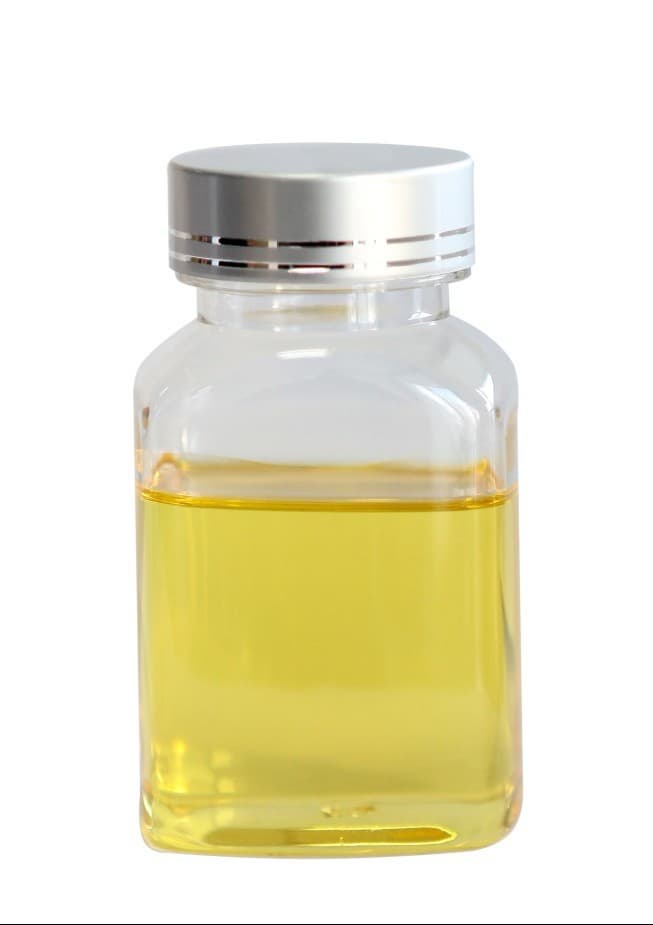
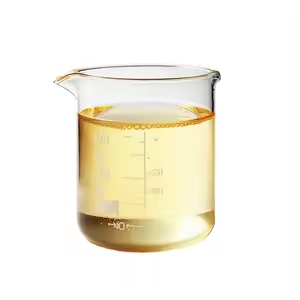


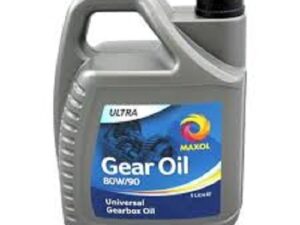
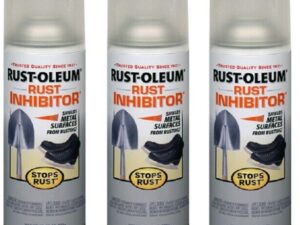

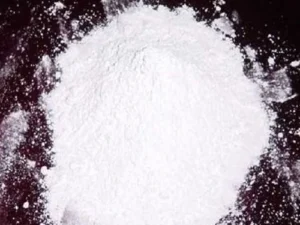
Reviews
There are no reviews yet.